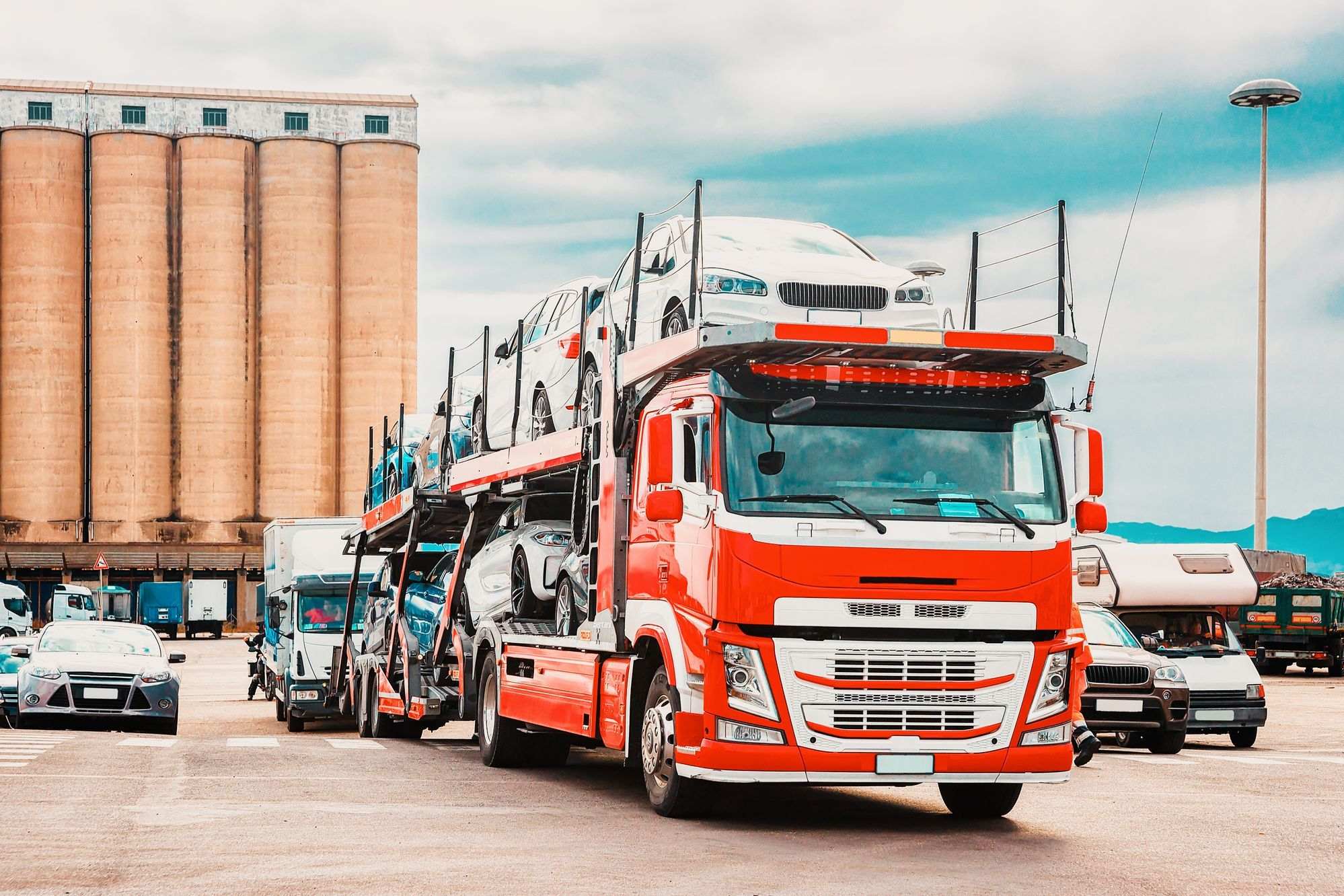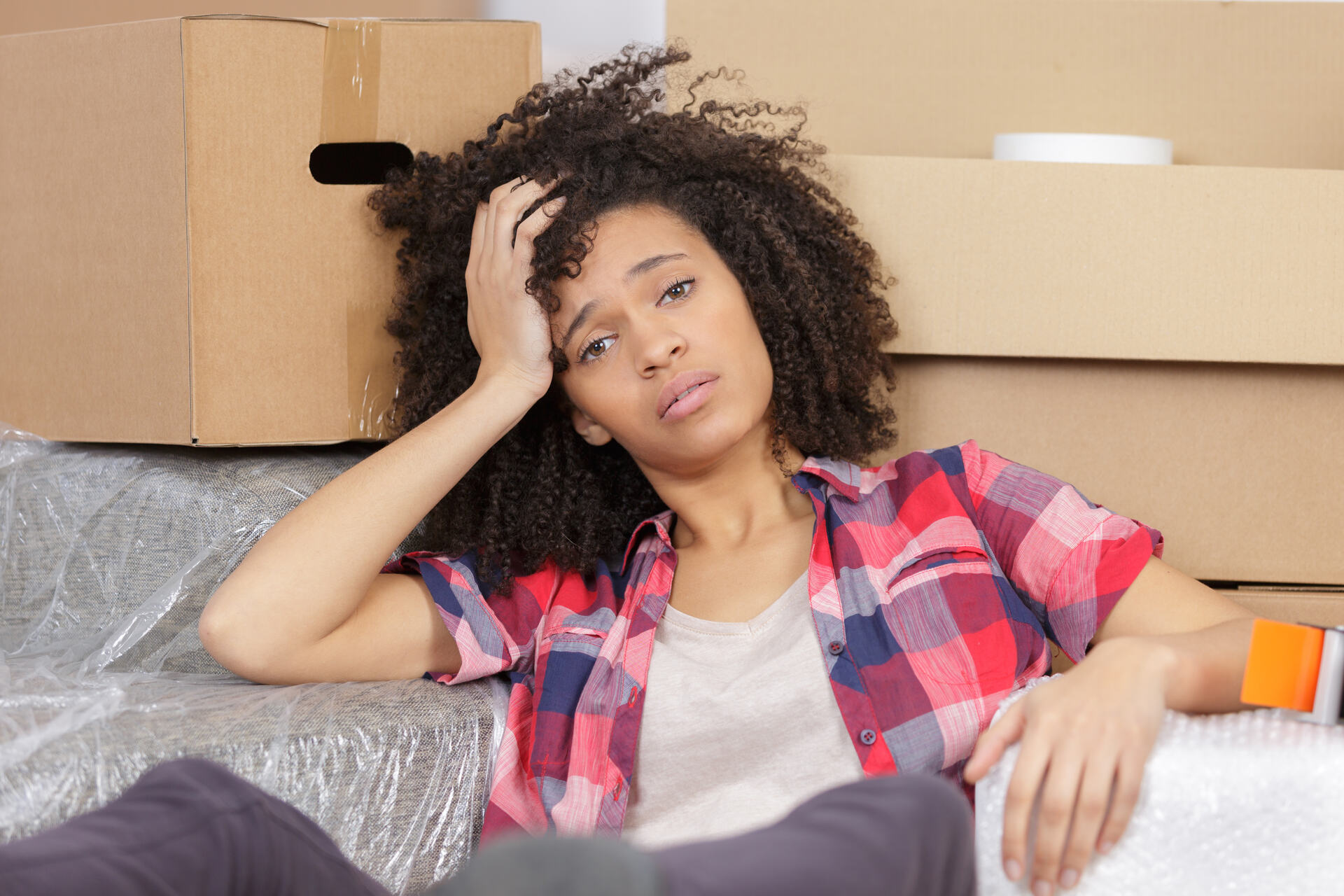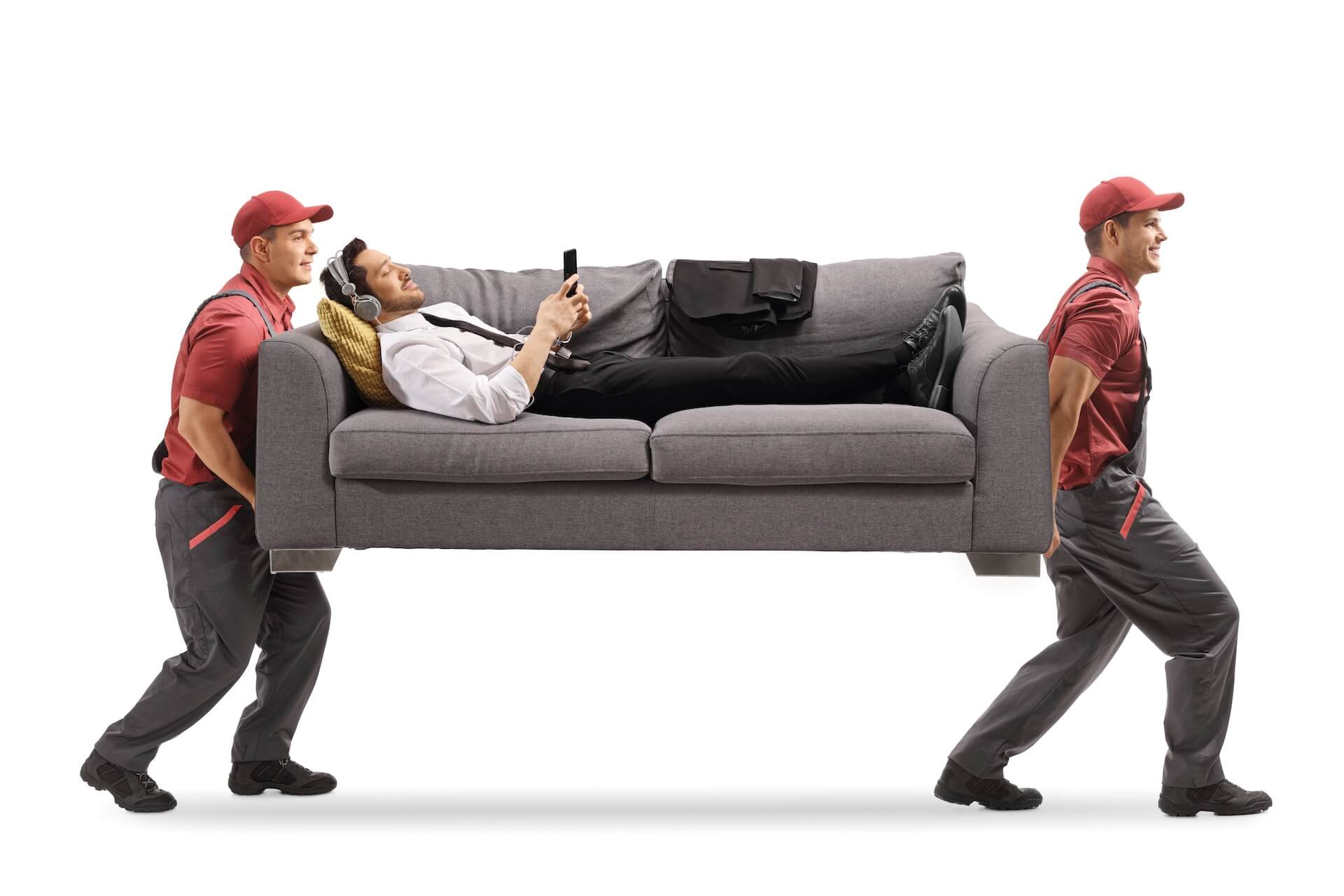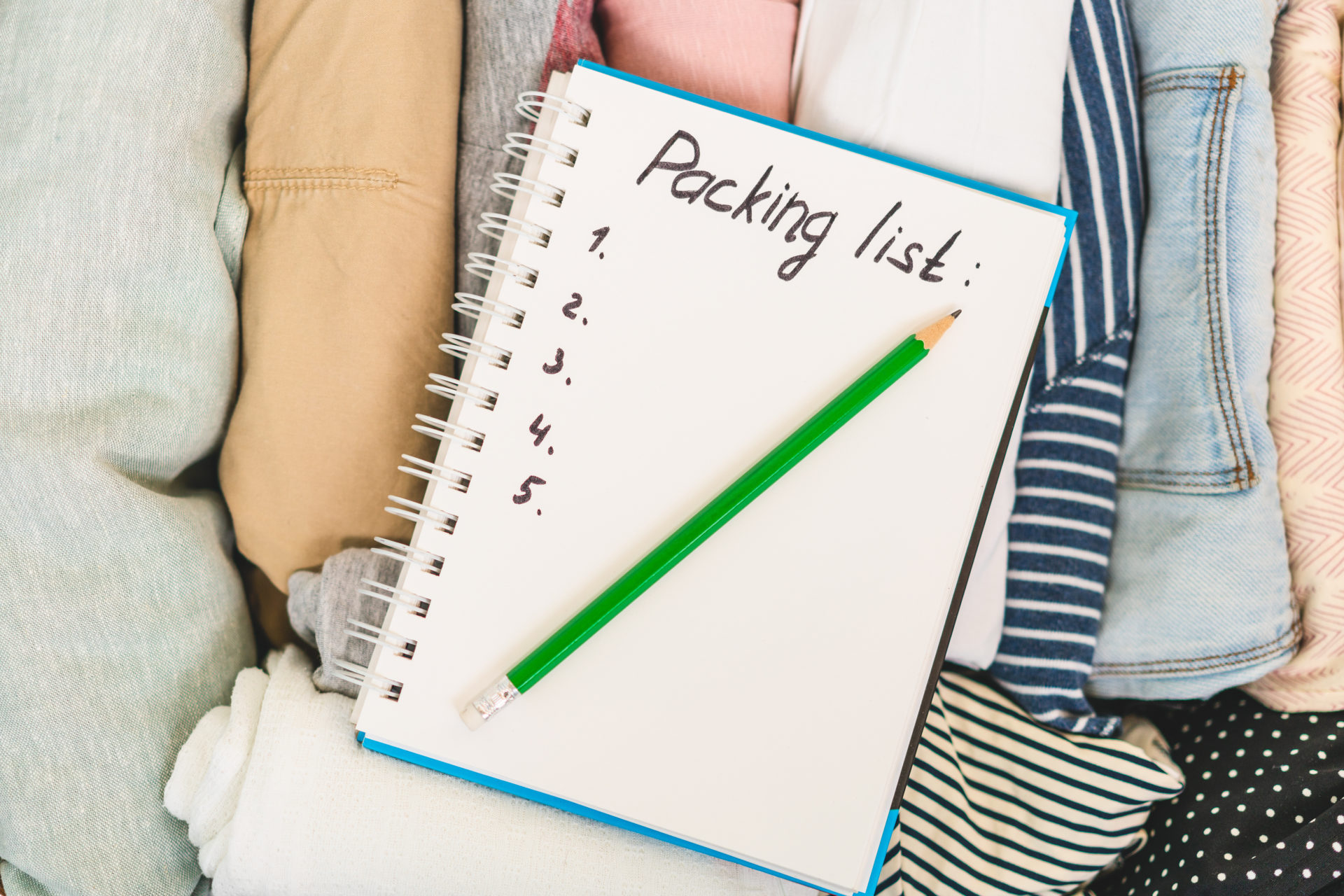

Whether you’re moving for work, study, or simply seeking a new life experience, having a comprehensive packing list can make the process smoother and less stressful. It helps ensure that you have everything that is required and minimizes the risk of forgetting essential items. In this article, we will discuss how to create a useful and effective one. Put our packing guide to the test, and see how effortless a relocation can be.
How to Make a Packing List for Moving Overseas
Making a list for moving overseas can seem overwhelming, but with a few tips and tricks, you can create a comprehensive list of relocation essentials and avoid common mistakes to ensure you’re relocating efficiently. Here’s how to do it:
- Start early: Begin making a list as soon as you know you’ll be relocating overseas. This will give you plenty of time to add items and make any necessary purchases.
- Research the new location: Take the time to research the new location and climate so you can pack accordingly. This will help you avoid overpacking or underpacking and ensure you have everything you need.
- Categorize items: Divide the list into categories such as clothing, electronics, kitchen items, and toiletries. This will make it easier to keep track of what’s packed and what still needs to be packed.
- Prioritize essential items: Make sure to include crucial items on the checklist, such as passports, important documents, and medications. These items should be packed in a separate bag or box.
- Consider shipping items: It may be more cost-effective to ship some items overseas rather than pack them in your luggage. Research shipping options and costs to determine what makes the most sense for this situation.
- Avoid common relocation mistakes: Don’t over-pack or under-pack, and make sure to label your boxes clearly. Consider using color-coded labels or a numbering system to keep track of where each box belongs in your new home.
How to Customize the List to Your Specific Needs
Customizing a list can alleviate relocation stress for those moving abroad. It’s important to tailor the moving abroad checklist to meet specific needs and preferences. This can include adding or removing items based on the length of the move, the destination, and any cultural differences that may affect what is necessary to bring.
Researching local laws and regulations can also help avoid any issues with customs. Additionally, taking inventory of personal items and prioritizing the most important ones can help reduce the amount of luggage and shipping costs. Taking the time to personalize the list can lead to a smoother and more organized relocation.
How to Create a Packing Checklist by Room
When moving to a big city, creating a packing checklist by room is crucial to ensure an efficient and safe move. It’s essential to separate items into categories such as what to pack, what to donate, and what to throw away.
Starting with the least used items and seasonal clothing can help avoid any last-minute packing. Going room by room and taking inventory of items that are no longer necessary can help reduce clutter and unnecessary items.
Consider the space in the new home to avoid overpacking. Additionally, labeling boxes with the contents and room location can make unpacking much easier.

What to Pack
Clothing for different seasons, toiletries, and essential documents such as passports and visas are essential items to pack. Don’t forget electronic devices and chargers, along with adapters for different outlets, which can help avoid any communication or work disruptions.
Consider sentimental items that may not be replaceable. Prioritize the most necessary items to avoid overpacking and high shipping costs. Taking the time to research customs regulations and quarantine laws can also help pack efficiently and avoid any issues at the destination.

What to Donate
When relocating to another country, it’s often necessary to downsize your belongings and leave some items behind. Consider donating any gently used clothing, shoes, and household items that are in good condition. Many charitable organizations such as Salvation Army and Goodwill accept donations of these items to help those in need. You may also want to donate unopened non-perishable food items to a local food bank or shelter.
What to Throw Away
It’s typically best to dispose of any expired food items, as well as any hazardous materials such as chemicals or batteries. Any items that are broken, damaged, or no longer functional should also be thrown away. Consider donating or selling any furniture or large items that you can’t take with you, as shipping these items overseas can be expensive.

Guide to Packing for a Move Quickly and Efficiently
Start by gathering all the necessary supplies, such as boxes, tape, and packaging material. Begin by boxing up non-essential items first, such as out-of-season clothes or books. Label each box with its contents and the room it belongs to.
Consider using clothing and towels as padding for fragile items to save space and materials. Pack a bag with essentials such as toiletries and a change of clothes for the first few days in your new home.
When it comes to larger items such as furniture, disassemble them whenever it’s possible to make them more manageable and easier to transport. Finally, don’t forget to declutter and get rid of items that you no longer need or want.
How to Pack Fragile and Specialty Items
When it comes to packing fragile items, we have the perfect tips that will help along the way. Here is what needs to be done:
- Use sturdy boxes or containers specifically designed for fragile items,
- Wrap delicate items individually in bubble wrap or paper to provide cushioning and prevent breakage,
- Fill any space in boxes with material such as peanuts or crumpled paper to prevent items from shifting during transit,
- Label boxes containing fragile items as “fragile” or “handle with care” to ensure they are handled properly,
- Use blankets or towels to wrap large or bulky items such as mirrors or artwork for added protection,
- Pack dishes vertically rather than stacking them to reduce the risk of breakage,
- Consider using plastic bins with lids for delicate or sentimental items that require extra protection.
International Moving: Additional Considerations
Several things may be easy to forget but are crucial for a successful move. One item that people often forget is voltage converters, which are necessary for electronic devices that require a specific voltage to work properly.
Another commonly forgotten item is travel insurance, which can provide peace of mind in case of unexpected situations such as flight cancellations or lost luggage. Additionally, pack any necessary medication or prescriptions, as well as copies of medical records and contact information for healthcare providers.
Don’t forget to pack any important documents, such as marriage or birth certificates, as these may be difficult or expensive to replace.

Customs Regulations and Restrictions
Foreign customs regulations and restrictions can significantly impact what you can and cannot pack when relocating internationally. Each country has specific regulations and restrictions that govern what can be brought into the country, including limitations on certain items such as food, plants, and medications.
For example, some countries may have restrictions on the amount of currency or valuables that can be brought into the country. Therefore, research and understand the customs regulations and restrictions of your destination country before planning the move overseas to avoid any potential issues with customs officials.
By taking these regulations and restrictions into consideration, you can ensure that you pack only what is allowed and avoid any delays or issues at customs.
Making the Most of Your Packaging List
To make the most of your packaging list when relocating to a new city, it’s vital to be organized and thorough. Start by preparing for movers and decluttering your belongings to reduce the number of items you need to pack. Take inventory of all the items you plan to bring with you and create a detailed checklist that includes the contents of each box.
Keep your list in a safe and easily accessible place during the relocation, so you can quickly and easily check off items as they are unpacked in your new home. By following these tips, you can make the most of your list and ensure a smoother and more successful relocation.
Strategies for Staying Organized During the Entire Process
Staying organized during the process can help reduce stress. Here are some strategies for staying organized:
- Create a timeline: Start by creating a timeline for your relocation, with specific deadlines for tasks such as decluttering and hiring movers. This will help you stay on track and avoid last-minute scrambling.
- Pack strategically: Pack items strategically, starting with those that are least essential and saving essential items for last. Consider boxing-up essential items separately and carrying them with you during the relocation.
- Use materials wisely: Use supplies and materials such as bubble wrap and paper strategically, wrapping fragile items carefully to prevent damage during transport.
Great information about boxing up everything from a household is featured in this video. Make sure that you check it out before organizing the packaging to move.
How to Keep Track of Items During the Move
One effective method is to label each box with its contents and destination room. Additionally, creating a master list of all the items being moved can help ensure nothing gets lost or forgotten. This list can be categorized by room or item type, making it easier to locate items when unpacking. Another useful relocation tip is to pack important documents and valuables separately and keep them with you during the move.
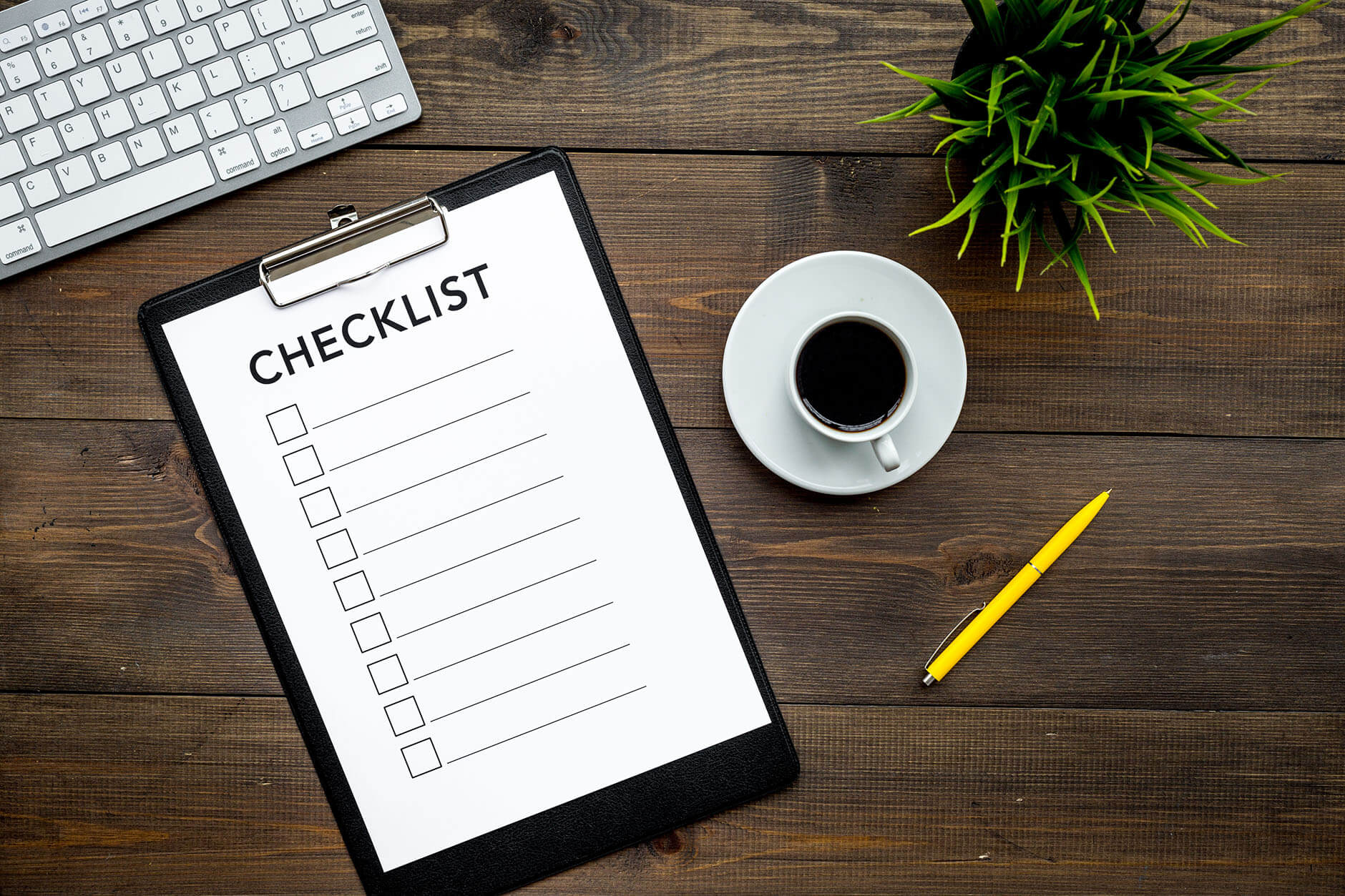
Moving Day Must-Haves
So, what needs to be on hand during the relocation day? Here is a list of everything you’ll need right by your side while the international movers are relocating all the belongings:
- Packaging supplies: Boxes, tape, bubble wrap, paper, and markers are essential for boxing up and labeling your belongings.
- Cleaning supplies: A broom, dustpan, cleaning spray, and paper towels will help you leave your old home clean and tidy.
- Snacks and water: Moving is hard work, so be sure to have plenty of water and snacks on hand to keep you and your helpers energized.
- First aid kit: Accidents can happen during a move, so keep a first aid kit with band-aids, antiseptic wipes, and pain relievers handy.
- Tools: Screwdrivers, pliers, and a hammer can come in handy when disassembling and reassembling furniture.
- Phone charger: Don’t forget to bring your phone charger, as you may need to stay in touch with movers or realtors throughout the day.
Items to Pack in a Separate Bag for Easy Access AKA the Essentials Box
Moving out for the first time can be a nerve-wracking experience. It’s common to feel anxious about moving and worry about forgetting something important during the chaos. To alleviate some of this stress, it’s a good idea to pack an essentials box with items you’ll need for the first few days in your new home.
This box should contain things like a change of clothes, toiletries, medication, a phone charger, important documents, and any valuables you don’t want to risk losing during the move. By placing these items separately and having them easily accessible, you can rest assured that you’ll have what you need in case of any unexpected delays or complications.
Whether you’re moving for a new job, to be closer to family, or for any other among many reasons to move, having an essentials box can help make the transition less chaotic.
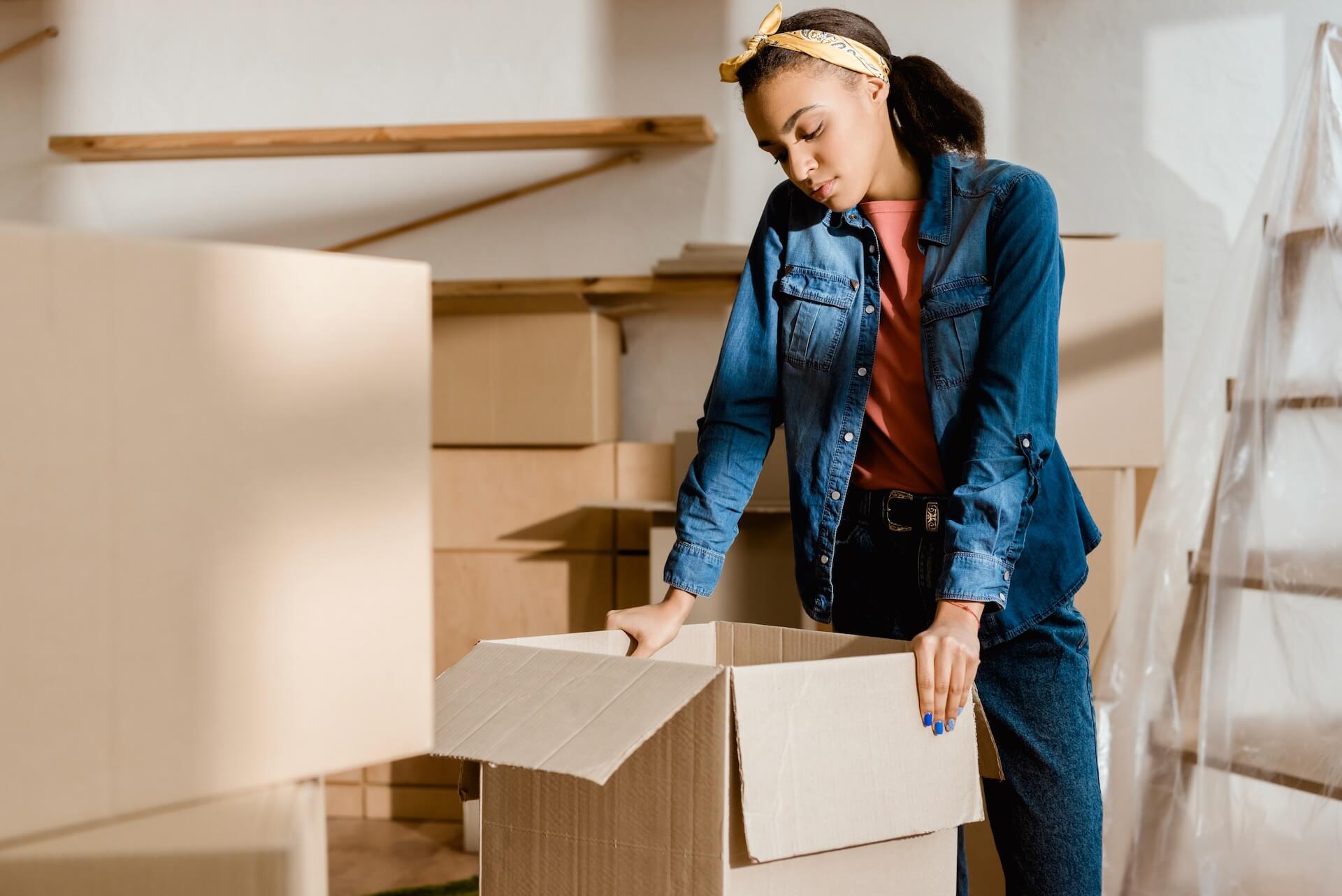
Tips for Unpacking and Organizing After the Move
First, unpack the most important items, such as clothes, bedding, and toiletries. Then, focus on setting up the essential furniture, such as the bed and kitchen appliances. Make sure to carry boxes to the rooms they need to be unpacked in.
Once the essential items are unpacked, take your time to sort through your belongings and decide what you want to keep or donate. It’s also helpful to create a checklist of tasks to ensure that you don’t forget anything important. With patience and organization, you can turn your new house into a cozy and functional home.
How to Repurpose or Dispose of Packing Materials
After a relocation, it’s important to find ways to repurpose or dispose of the materials. Cardboard boxes can be broken down and recycled. Bubble wrap and peanuts can be reused for future moves or donated to a shipping store.
If the materials are not recyclable or reusable, they can be disposed of in the trash. However, it’s important to check local regulations to ensure proper disposal. Some areas may have specific recycling programs or restrictions on certain materials.
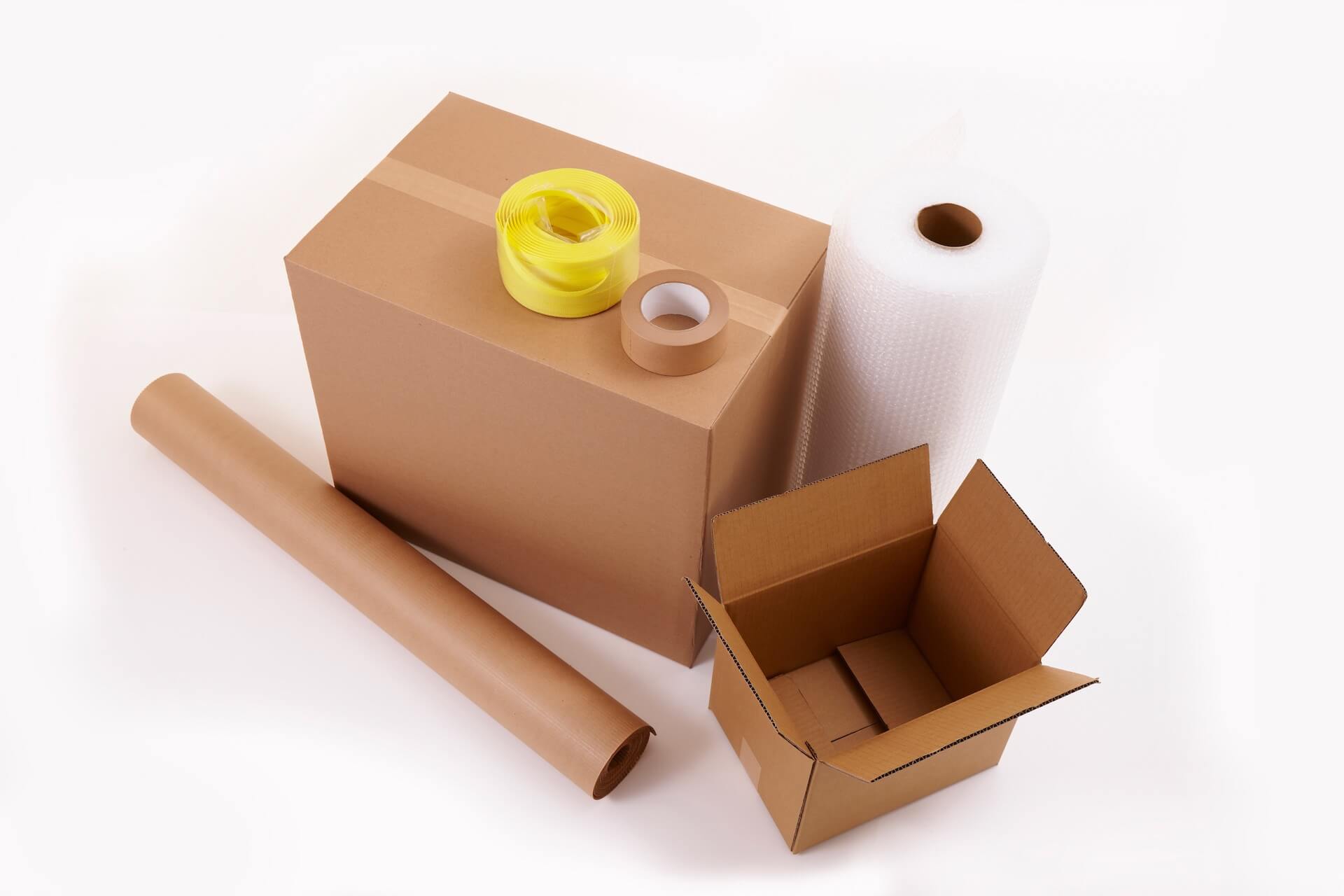
Your International Move Can Be Made Even Easier With the Help of Shepherd International Movers
With the help of a reliable international moving company like Shepherd International Movers, the process of relocating overseas will be easier. They can provide you with a range of services, including moving internationally by sea, shipping, and packing services to ensure that your belongings arrive safely and on time. Feel free to contact us and begin your journey.
Additionally, creating a detailed checklist can help you stay organized and ensure that nothing is left behind. By working with a trusted moving company and using a thorough list, you can minimize the hassle of an international move, allowing you to focus on settling into your new home and exploring your new surroundings.
FAQ
Why Is It Important to Create a Packaging List Before a Move?
Creating a list before the relocation is important because it helps you stay organized and ensures that you don’t forget anything important. Relocating can be a stressful and overwhelming experience, and having a list can help alleviate some of that stress.
How Do I Prioritize What to Put On My Packaging List?
To prioritize what to put on your checklist, start by making a list of all the rooms in your current home and then break it down by category (e.g., kitchen, bedroom, bathroom, etc.). From there, prioritize the items in each category based on how essential they are to your daily life.
Should I Use a Digital or Physical g List?
Whether you use a digital or physical list is up to personal preference. However, a digital checklist can be more easily edited and accessed from anywhere, while a physical list may be easier to refer to.
What Are Some Commonly Overlooked Items to Include on a Packaging List?
Some commonly overlooked items to include on a checklist are:
- Cleaning supplies (clean your old place before leaving and your new place before moving in),
- Important documents (such as passports, birth certificates, and insurance information),
- Medications,
- Basic tools (such as a hammer and screwdriver),
- Chargers for all electronic devices.
When Should I Start Creating My Packing List?
It’s best to start creating your list as early as possible, ideally a few weeks before your relocation. This will give you time to thoroughly go through each room and ensure that you don’t forget anything important.
How Can I Ensure I Don’t Forget Anything Important on My Packing List?
Start by creating a comprehensive list of all the items you need to pack. Go through each room in your home and make note of every item you plan to take with you. It can also be helpful to ask family members or roommates to add to the list if they think of something you may have missed.
How Do I Pack Items That Aren’t on My Packaging List?
You can create a separate list for these items and pack them separately. Make sure to label the box clearly so you know what’s inside.
Should I Share My Packing List With the Moving Company?
Sharing your list with the moving company can be helpful, as it will give them a better idea of how much stuff you have and how much time and resources will be needed to complete the move. This can help them provide a more accurate estimate of the cost of the relocation.
How Do I Update My Packing List Throughout the Process?
To update your list throughout the boxing-up process, make note of any items that have already been packed and label the boxes accordingly. This will help you keep track of what’s been packed and what still needs to be packed.
How Can I Use My Packing List to Save Time and Money During the Move?
You can use your list to save time and money during the relocation by prioritizing the items you’ll need right away in your new home. Pack these items last and label the boxes accordingly so they’re easy to find and unpack first.
Additionally, you can use your list to make sure you’re not overpacking or bringing unnecessary items with you. This can help you save money on moving costs and reduce the amount of time it takes to unpack and settle into your new home.


